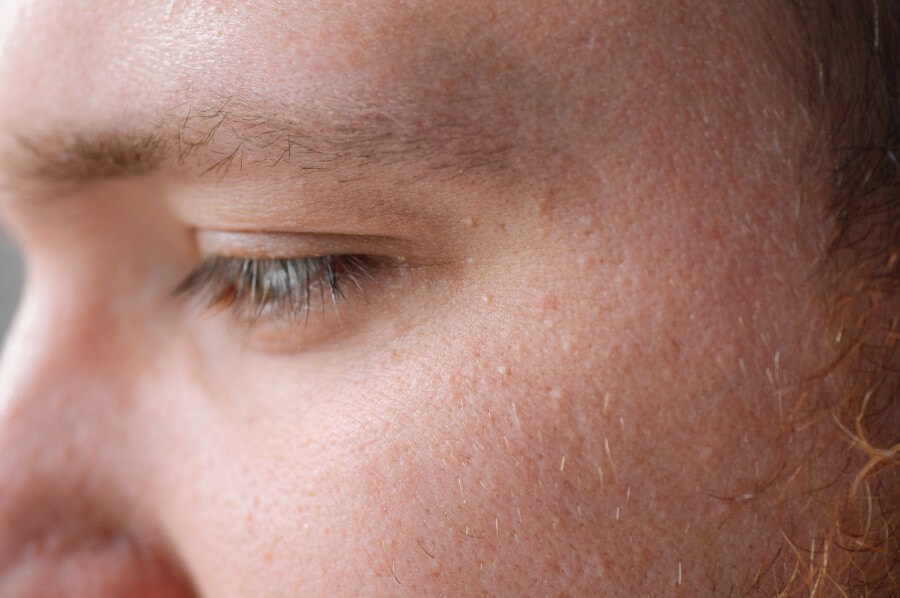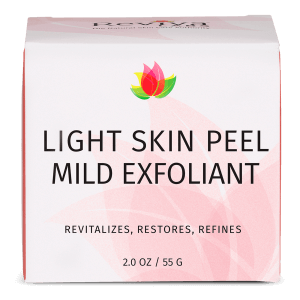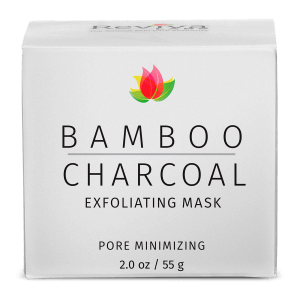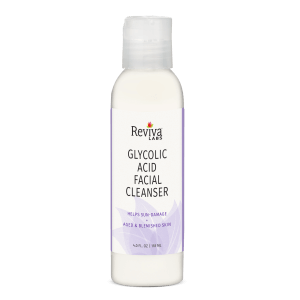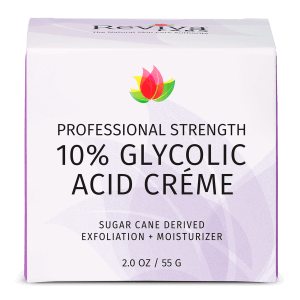Ingredients, Reviva Labs, Skin Care
How Do You Reduce Rough Skin Texture?
When it comes to achieving a radiant complexion, one common hurdle that many individuals face is rough skin texture. This can manifest as bumps, dry patches, or an overall uneven feel, which not only affects how skin looks under the light but also how it feels to the touch. Understanding the causes of rough skin texture and adopting effective strategies to smooth it out can significantly improve the skin’s appearance and health. Let’s explore the multifaceted approach to addressing rough skin texture, focusing on gentle yet effective treatments, lifestyle adjustments, and preventive measures.
Understanding Rough Skin Texture
Rough skin texture can result from a variety of factors, including environmental influences, aging, genetic predispositions, and skincare habits. Sun exposure, pollution, and extreme weather conditions can deplete the skin’s natural oils, leading to dryness and roughness. As we age, our skin’s natural exfoliation process slows down, causing dead skin cells to accumulate on the surface. This can make the skin appear dull and feel less smooth. Additionally, certain skincare products or routines that are too harsh can strip the skin of its protective barrier, leading to texture issues.
Gentle Exfoliation: Key to Smooth Skin
One of the most effective ways to improve skin texture is through exfoliation. This process removes the buildup of dead skin cells, revealing the smoother, healthier skin underneath. However, the key is to exfoliate gently. Over-exfoliating or using harsh scrubs can do more harm than good, leading to irritation and even more texture issues. Opt for chemical exfoliants like alpha hydroxy acids (AHAs) or beta hydroxy acids (BHAs), which work by dissolving dead skin cells without the need for physical scrubbing. These ingredients can be found in various cleansers, toners, and serums, making them easy to incorporate into your skincare routine.
Hydration: The Foundation of Healthy Skin
Hydrated skin is plump, elastic, and smooth. When the skin lacks moisture, it can become dry, flaky, and textured. Thus, maintaining proper hydration levels is crucial for smoothing out rough texture. This means both hydrating from the inside out by drinking plenty of water and using skincare products that lock in moisture. Look for products containing hyaluronic acid, glycerin, or ceramides, as these ingredients are known for their ability to attract and retain water in the skin.
Sun Protection: Preventing Texture Before It Starts
Sun damage is one of the leading causes of rough skin texture, not to mention a host of other skin concerns like dark spots and premature aging. Ultraviolet (UV) rays break down collagen and elastin fibers, which are essential for maintaining the skin’s smoothness and elasticity. Incorporating a broad-spectrum sunscreen with an SPF of 30 or higher into your daily skincare routine is non-negotiable for protecting your skin from the sun’s harmful effects. Applying sunscreen every day, even on cloudy days or when indoors, can significantly reduce the risk of developing rough skin texture over time.
Lifestyle Factors: Beyond Skincare Products
Improving skin texture isn’t just about what you put on your skin; it’s also about how you treat your body. Diet plays a significant role in skin health. Eating a balanced diet rich in vitamins, minerals, and antioxidants can help promote skin renewal and prevent texture issues. Foods high in omega-3 fatty acids, such as salmon and walnuts, are particularly beneficial for maintaining smooth, hydrated skin. Additionally, getting enough sleep and managing stress levels can have a positive impact on your skin’s appearance. Chronic stress and sleep deprivation can lead to inflammation and hormonal imbalances, which can exacerbate skin texture issues.
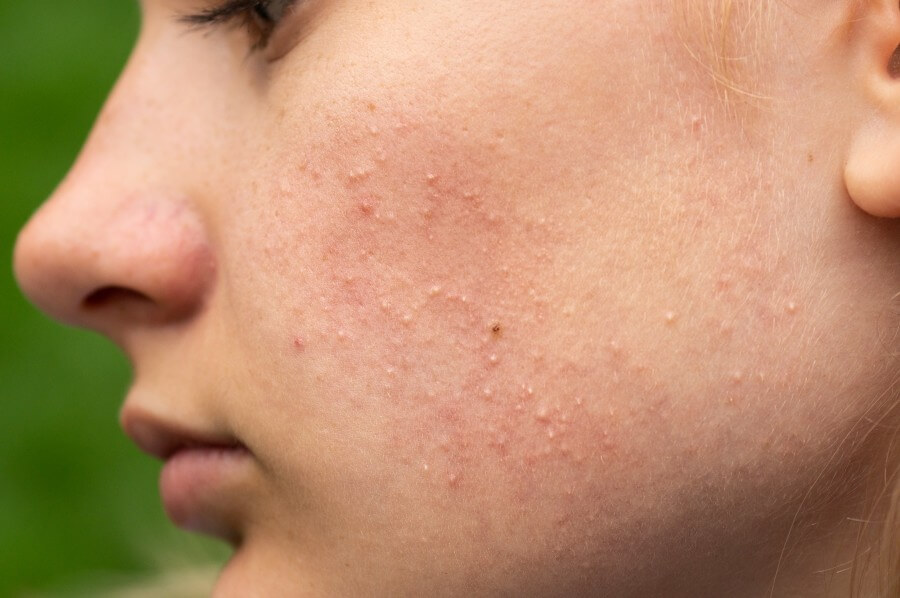
Professional Treatments: When to Seek Help
For those struggling with severe texture issues, professional treatments may be necessary to achieve significant improvements. Dermatologists and licensed estheticians offer a range of procedures designed to smooth out the skin, including microdermabrasion, chemical peels, and laser treatments. These procedures can target deeper layers of the skin, promoting cell turnover and collagen production. While professional treatments can be highly effective, it’s important to consult with a skincare professional to determine the best course of action based on your skin type and concerns.
The Role of Consistency and Patience
Improving skin texture is a gradual process that requires consistency and patience. Skincare routines should be tailored to individual needs and adjusted as those needs change. It’s also crucial to give products and treatments time to work. According to a study published in the Journal of Clinical and Aesthetic Dermatology, it can take up to eight weeks for skincare products to show visible improvements in skin texture and overall appearance (source: https://www.ncbi.nlm.nih.gov/pmc/articles/PMC2921758/). Thus, it’s important not to expect overnight results and to be consistent with your skincare regimen.
The Path to Smoother Skin: Reducing Rough Texture
Achieving smooth, refined skin texture is a journey that involves a combination of the right skincare products, lifestyle choices, and professional advice when needed. By understanding the causes of rough skin texture and adopting a holistic approach to skincare, you can significantly improve the look and feel of your skin. Remember, the key to success lies in gentle care, hydration, protection, and patience. With dedication and the right strategies, smoother, healthier skin is within reach.



